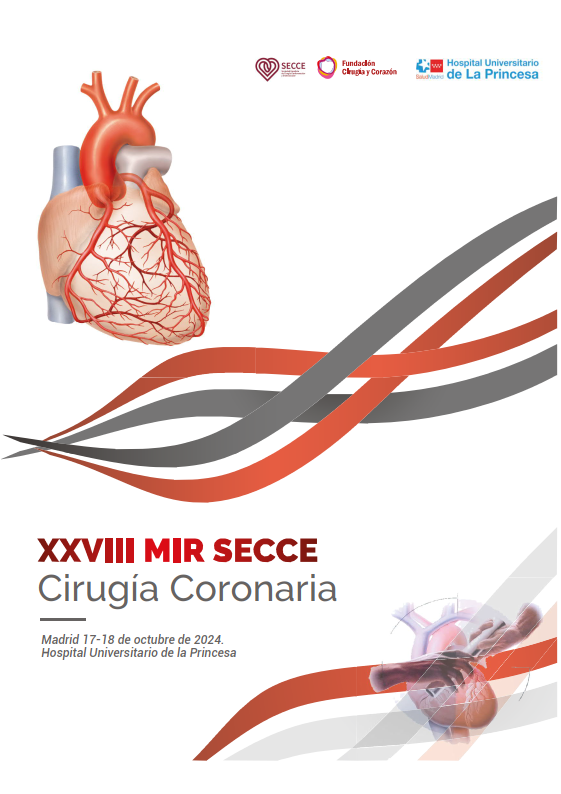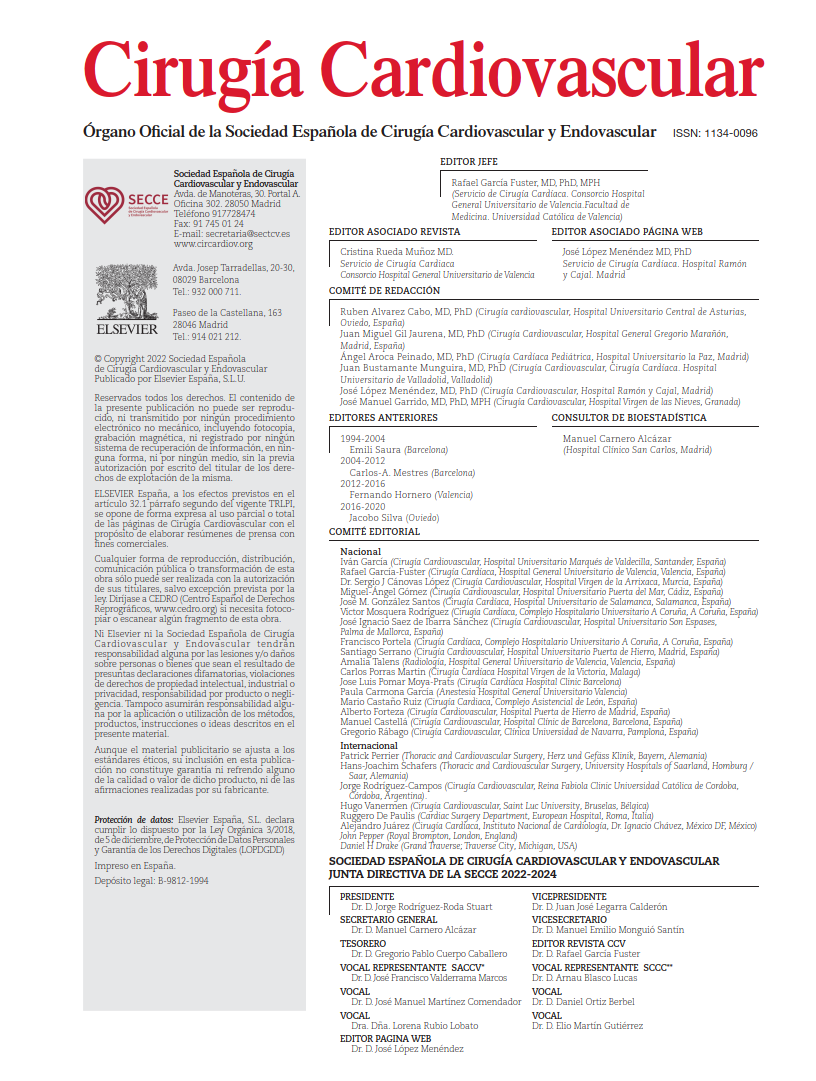A consensus document published in The Annals of Thoracic Surgery in 2025 presents a comprehensive set of recommendations for managing bleeding in cardiac surgery, including transfusion strategies and quality metrics. The motivation behind this work lies in the well-documented association between bleeding complications, increased morbidity and mortality, and elevated healthcare costs.
The document was developed by an international panel of experts from the Enhanced Recovery After Surgery Cardiac Society (ERAS Cardiac) and the Society for the Advancement of Patient Blood Management (SABM). The panel reviewed relevant literature from the past 10 years and used a modified Delphi methodology to reach consensus on 30 statements organized into eight categories.
These categories emphasize the need for early surgical bleeding control, a universally accepted definition of significant bleeding, and broader quality indicators beyond reexploration rates. Additional strategies discussed include the use of antifibrinolytics, viscoelastic testing, coagulopathy management, and restrictive transfusion practices within a comprehensive perioperative bleeding management program. The document also highlights the need for individualized antithrombotic therapy management, as well as the importance of auditing and multidisciplinary education to enhance clinical outcomes.
Ultimately, the authors underscore the importance of timely and optimal management of perioperative bleeding in cardiac surgery, given its impact on outcomes. They advocate for the adoption of standardized bleeding definitions and management protocols, supported by more precise and expansive quality indicators, to improve the quality of care and outcomes in this high-risk patient population.
COMMENTARY:
Intraoperative and postoperative bleeding remains a prevalent complication in cardiac surgery, affecting approximately 15% of patients. It is recognized as an independent risk factor for increased morbidity and mortality, even among low-risk individuals. Moreover, it contributes to a higher incidence of postoperative complications such as stroke, acute kidney injury, prolonged mechanical ventilation, and extended stays in both the intensive care unit and the hospital. These bleeding events are also linked to increased transfusion requirements for blood components.
Given its clinical relevance, the structured assessment and management of perioperative bleeding in cardiac surgery is imperative. A unified approach is essential to ensure consistent and effective management strategies across institutions, ultimately improving patient outcomes.
An in-depth review of the eight consensus categories yields several key highlights:
- The need for a universal definition of significant bleeding in the early postoperative phase is critical. Routine implementation of a validated and objective bleeding scale would facilitate timely and appropriate intervention. Current definitions vary: the Universal Definition for Perioperative Bleeding (UDPB) considers >1000 mL within 12 hours as severe, whereas the Bleeding Academic Research Consortium defines it as >2000 mL within 24 hours post-CABG. Other clinical trial criteria include >1.5 mL/kg/h for six consecutive hours, or >900 mL within the first 12 hours. Existing bleeding scales—such as E-CABG, UDPB, BARC, and the WHO scale—often rely on surrogate markers (e.g., transfusions) or subjective elements. Ideally, a validated scale should be based solely on quantitative parameters like bleeding volume and rate. The SPOT GRADE and Validated Intraoperative Bleeding (VIBe) scales offer more objective intraoperative assessments, though additional tools are required for postoperative evaluation.
- Identifying bleeding predictors and modifying risk factors is crucial. These include preoperative discontinuation of anticoagulants and antiplatelets, as well as correction of anemia and iron deficiency. Risk assessment scores such as Karkouti, Papworth, WILL-BLEED, and HAS-BLED should be employed, along with evaluation of platelet count, fibrinogen levels, and coagulation parameters. The concept of “production pressure”—stress related to time constraints, workload, or limited resources—is introduced as a potentially unmeasured contributor to adverse decision-making and clinical errors.
- Timely reexploration significantly reduces complications. Although surgical reintervention entails its own risks, evidence shows that early reexploration for bleeding is associated with fewer adverse outcomes compared to delayed intervention. Defined criteria (e.g., Kirklin/Barratt-Boyes) guide reexploration decisions, but thresholds vary widely. Despite this, prompt reexploration is favored over excessive use of blood products or pharmacologic agents, as delays correlate with higher risks of mortality, stroke, and renal failure.
- Viscoelastic testing plays a vital role in identifying bleeding risk and guiding targeted therapy, particularly in patients with active bleeding. Viscoelastic-guided algorithms have been shown to reduce perioperative blood loss, transfusions, reexploration rates, hospital length of stay, and related costs. Platelet function testing complements these assessments and is particularly useful in patients receiving P2Y12 or GP IIb/IIIa inhibitors. While not without standardization challenges, these tests are especially effective when performed preoperatively.
- A restrictive transfusion strategy (hemoglobin threshold <7.5 g/dL) should be adopted to avoid unnecessary transfusions unless massive bleeding occurs. Alternatives such as intraoperative cell salvage, retrograde autologous priming, and acute normovolemic hemodilution (ANH) should be considered. ANH requires close monitoring to avoid excessive dilution and exacerbation of coagulopathy.
- Antithrombotic agent management must be individualized. The decision to discontinue or reverse therapy depends on patient-specific risk profiles and surgical urgency. In elective cases, direct oral anticoagulants (DOACs) are usually withheld 2–4 days preoperatively. In emergencies, reversal agents like prothrombin complex concentrate or specific antidotes (e.g., Idarucizumab or Andexanet alfa) may be used, although caution is advised due to potential complications such as heparin resistance. Platelet function testing and hemoadsorption filters may aid in managing patients on antiplatelet therapy.
- Surgical bleeding treatment protocols emphasize antifibrinolytics, fibrinogen supplementation, and prothrombin complex concentrate (PCC). Prophylactic antifibrinolytics—tranexamic acid or ε-aminocaproic acid—should be administered in patients undergoing cardiopulmonary bypass unless contraindicated. Four-factor PCC is preferred over fresh frozen plasma due to better efficacy and fewer complications. Fibrinogen supplementation is essential in acquired hypofibrinogenemia; a threshold of 150 mg/dL is generally acceptable, though higher levels may be needed in coagulopathic states. Recombinant factor VIIa (rFVIIa) is reserved for rescue therapy in refractory bleeding due to its thrombotic risk.
- Improving quality of care requires standardized strategies and multidisciplinary collaboration. Quality indicators should extend beyond reexploration rate and include metrics such as preoperative bleeding checklists, time to reexploration, transfused unit counts, and blood loss estimates. Education, feedback, and data monitoring are critical components of successful implementation.
In conclusion, timely and optimized management of perioperative bleeding in cardiac surgery must be prioritized. Adopting universal definitions and standardized protocols, supported by multidisciplinary initiatives and broader quality indicators, is essential to improving patient care and surgical outcomes.
REFERENCE:
Salenger R, Arora RC, Bracey A, D’Oria M, Engelman DT, Evans C, et al. Cardiac Surgical Bleeding, Transfusion, and Quality Metrics: Joint Consensus Statement by the Enhanced Recovery After Surgery Cardiac Society and Society for the Advancement of Patient Blood Management. Ann Thorac Surg. 2025 Feb;119(2):280-295. doi: 10.1016/j.athoracsur.2024.06.039.



